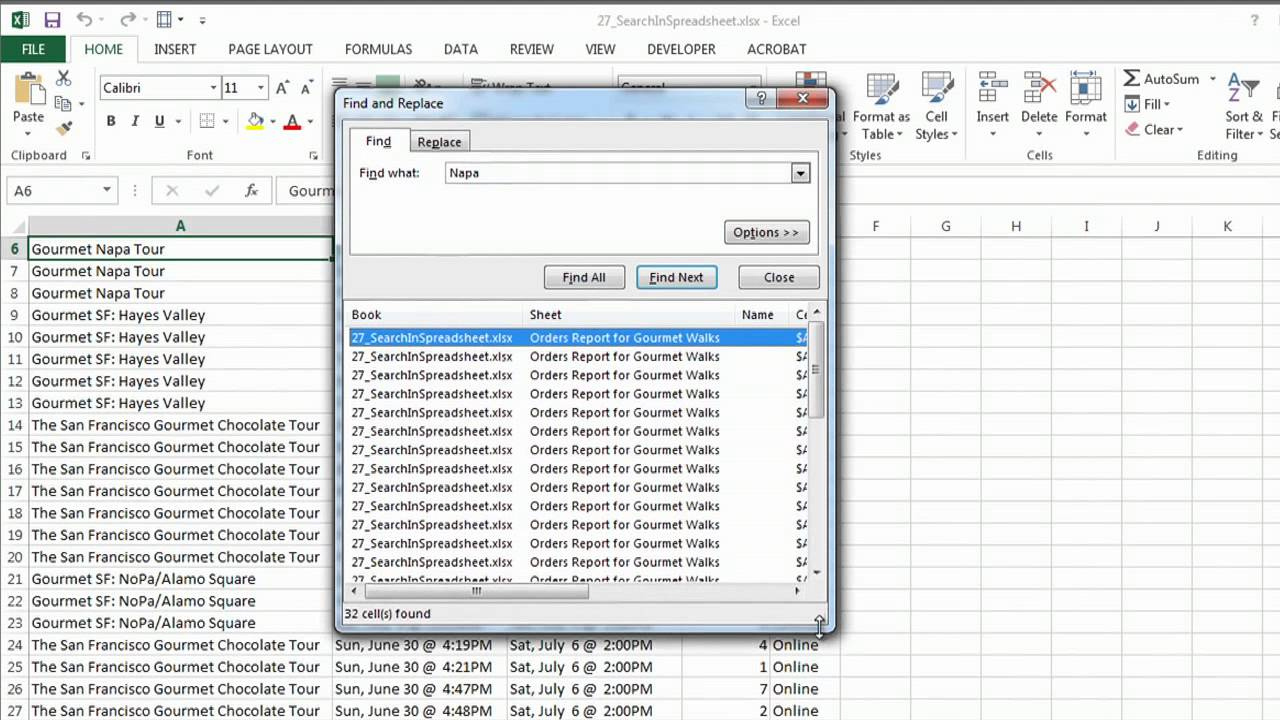Unlock Excel Power: Lock Sheet, Free Cells Easily

When working with Microsoft Excel, securing your data while allowing flexible editing can be a delicate balance. Often, users need to protect certain parts of a worksheet while giving themselves or others the freedom to alter specific data sets. This dual functionality of protecting a sheet and unlocking cells is crucial for maintaining data integrity without hindering necessary changes. Here's how you can achieve both goals with ease:
Why Lock a Sheet in Excel?

Locking a sheet in Excel isn’t just about preventing unauthorized changes; it’s about preserving the structure of your workbook. This ensures:
- Formulas remain unaltered, preventing accidental changes that could lead to incorrect calculations.
- Critical data like names, addresses, or financial details are safeguarded from accidental deletion or modification.
- Only authorized personnel can make changes to sensitive information.

Steps to Lock an Entire Sheet

- Open Excel: Navigate to the sheet you want to protect.
- Access Review Tab: Click on the “Review” tab from the top menu.
- Select Protect Sheet: Choose the “Protect Sheet” option from the Changes group.
- Set Options: Here, you can:
- Check options for which actions you want to allow even when the sheet is locked.
- Set a password for additional security.
- Confirm Password: If a password is used, enter it again to confirm.
- Apply: Click “OK” to apply the protection.
⚠️ Note: Be cautious with passwords, as losing them could lead to issues with sheet accessibility.
Unlocking Cells to Enable Editing

While locking a sheet provides security, sometimes you need to allow changes in specific cells. Here’s how you can free specific cells for editing:
- Select Cells: Choose the cells you want to remain editable.
- Modify Cell Format: Right-click, then select "Format Cells" from the context menu.
- Protection Tab: Under the "Protection" tab:
- Uncheck the "Locked" option, which by default is checked for all cells.
- Apply Protection: Proceed to protect the sheet as described in the previous steps. Only the cells you've unlocked will be editable now.
Using Excel’s Advanced Protection Features

Beyond the basics, Excel offers advanced features for a more granular control over worksheet protection:
- Allow Editing Scenarios: You can define which elements (like objects, scenarios, or pivot tables) users can edit.
- Protecting Ranges: Instead of an entire sheet, protect only specific ranges of cells with different permissions.
- Data Validation: Combine cell unlocking with data validation rules to ensure data entry follows specific criteria.

📌 Note: Advanced protection settings require a certain level of Excel familiarity, ensuring users understand how to navigate these features effectively.
Concluding Thoughts

In conclusion, Excel’s protection capabilities are a powerful tool for managing data integrity while ensuring flexibility for data manipulation. By understanding and applying sheet locking and cell unlocking methods, you can safeguard your workbook structure while allowing for collaborative edits where needed. This balance enhances security, maintains document integrity, and fosters efficient teamwork. Whether it’s for personal use or enterprise-level document management, these features turn Excel into a robust platform for data protection and collaborative work.
What happens if I forget the password to unlock the Excel sheet?

+
Forgotten passwords can lead to permanent loss of access to the sheet. However, there are third-party tools and services that claim to recover or remove passwords from Excel files. Always keep passwords in a secure location or use a password manager.
Can I protect a workbook in Excel?

+
Yes, you can protect the entire workbook, which includes locking the structure and windows. This prevents users from adding, moving, deleting, hiding, or unhiding worksheets, or changing the window’s size or position.
Are there any limitations when I unlock cells in a protected sheet?

+
Unlocked cells can be edited freely, but other features like inserting or deleting rows/columns might still be restricted by the overall sheet protection settings unless explicitly allowed.



